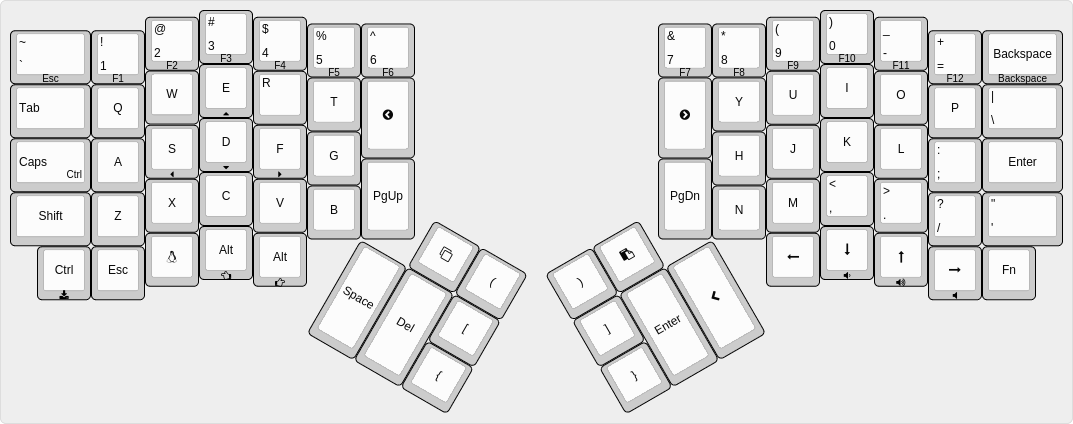* .build containment implemented * no destructive variable setting - builds in either folder * make from 3 places * cleans before each build * make from root with keyboard=keyboard, keymap=keymap * make from keyboard/keyboard with keymap=keymap * make from keymaps/keymap * only implemented on planck * adds color diag to avr-gcc * makefiles for all plancks, clean-up * quick build-all makefile for plancks * reformatting of make output (colors) * color toggle, tmk path corrections * correct if statement for color * move config.h to main makefile, updates preonic, atomic * format update, all keyboards targets * makefile optional for build all target, alps and arrow_pad updated * alps updated * make planck default, trying out travis recipe for all-keyboards * all-keymaps target, different travis recipe * updates alps64 * updates keyboards to new format * updates clue* projects * all projects updated, specialise EZ .hex, let .hex through * updates travis * automatically find root, keyboard, keymap * silent echo, cleaned-up mass make output * updates all keyboards' .hex files except EZ * Rename Bantam44.c to bantam44.c * Rename Bantam44.h to bantam44.h * nananana * adds six key keyboard * does same to ez as rest * updates send_string example * brings ergodox_ez up to date * updates template/new project script * adds sixkeyboard * adds readme for sixkeyboard * adds sixkeyboard to travis * filenames, gitignore mess * define clock prescaler stuff manually * make quick, size test example * documentation and dfu-no-build
Beginner's keymap for Ergodox-EZ
Beginner's keymap emulates standard QWERTY keyboard for beginners. Once you get comfortable with the Ergodox-EZ, you may fork this keymap and customize it for your own needs or find a suitable one from the community contributed keymaps.
Pros
- Easier to switch between regular keyboards and Ergodox-EZ.
- Easy on beginners. It has everything you need for your day to day usage.
Cons
- Keys are not ergonomically placed to take full advantage of Ergodox-EZ. Take a look at this Default Keymap
- While multiple layers are possible, beginner's keymap only uses one additional layer for mouse, function and volume keys.
Notes
- Ideally number key [6] should have started from the right-hand side of the keyboard. Doing so breaks the familiar QWERTY layout.
- Quote key ['] should have been placed between [:] and [Enter]. Due to lack of key space, it is placed below [Enter].
- Double [Alt] keys are placed adjacent to each other for convenience.
- [CapsLock] also acts as [Ctrl] key when you press and hold. It is convenient for GNU Emacs users.
- Additional bracket keys are placed in the center of the keyboard for programmer's convenience.
